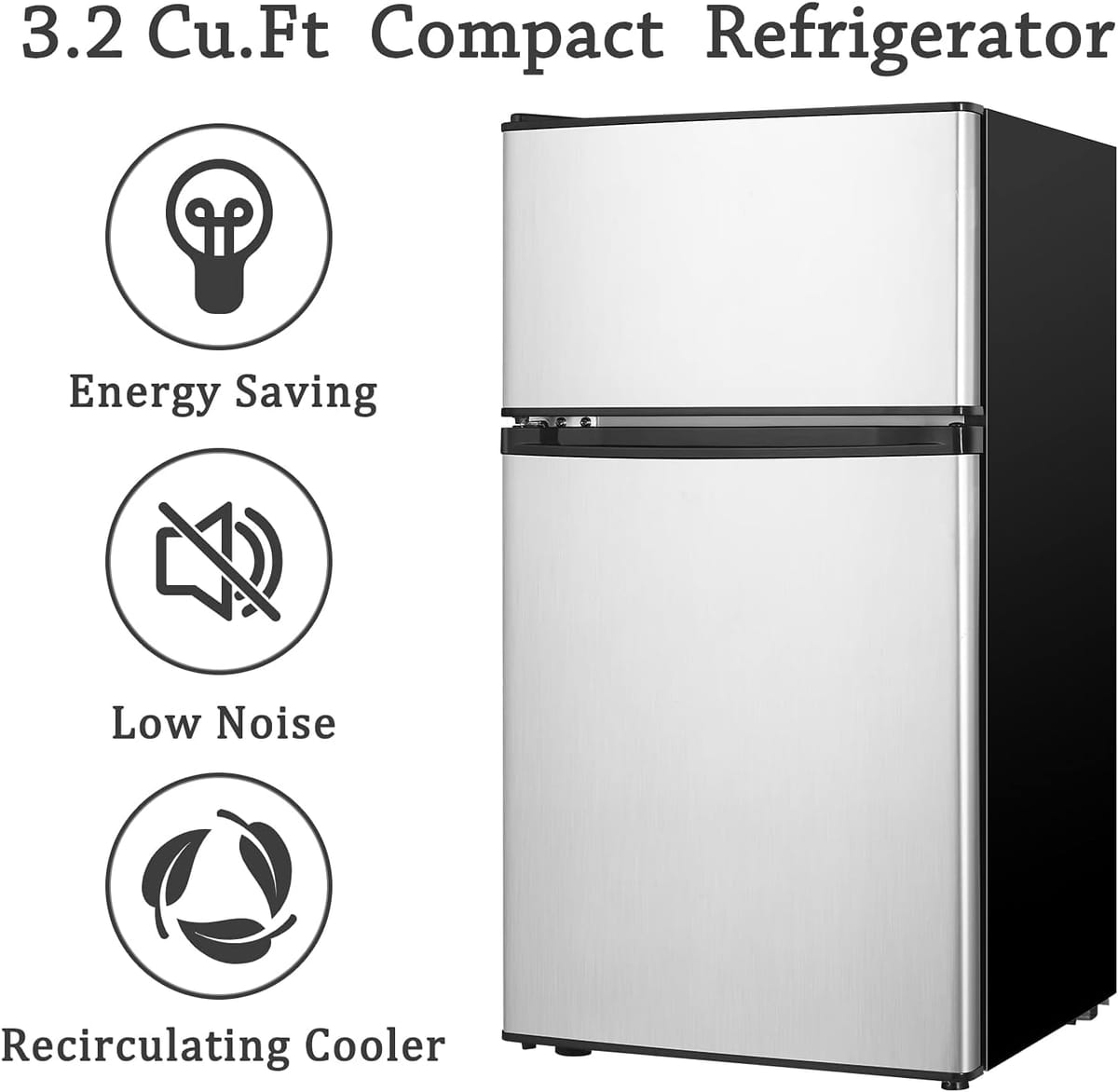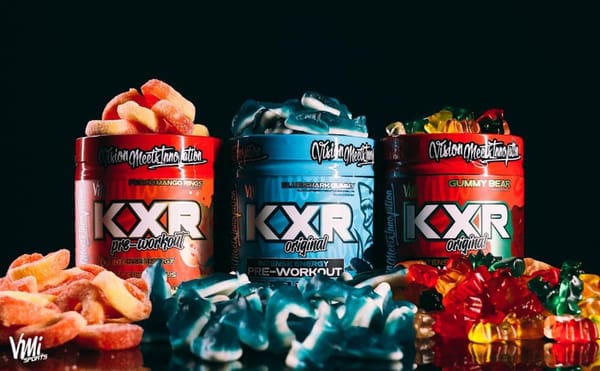Key Takeaways:
- Avoid placing mini fridges in areas with poor ventilation to prevent overheating.
- Keep mini fridges away from direct sunlight and heat sources to maintain efficiency.
- Ensure stability by avoiding uneven surfaces to prevent operational issues.
Understanding the Importance of Proper Placement
Mini fridges are a convenient addition to any home or office, offering a compact solution for storing beverages and snacks. However, their efficiency and longevity heavily depend on where they are placed. Improper placement can lead to overheating, increased energy consumption, and even safety hazards. Understanding the significance of proper placement can save you from unnecessary repairs and ensure your mini fridge operates optimally.
When considering where to place your mini fridge, it's essential to think beyond just convenience. The location should support the appliance's functionality and safety. This guide will walk you through the dos and don'ts of mini fridge placement, ensuring you make informed decisions that enhance the appliance's performance and lifespan.
Avoiding Poor Ventilation Areas
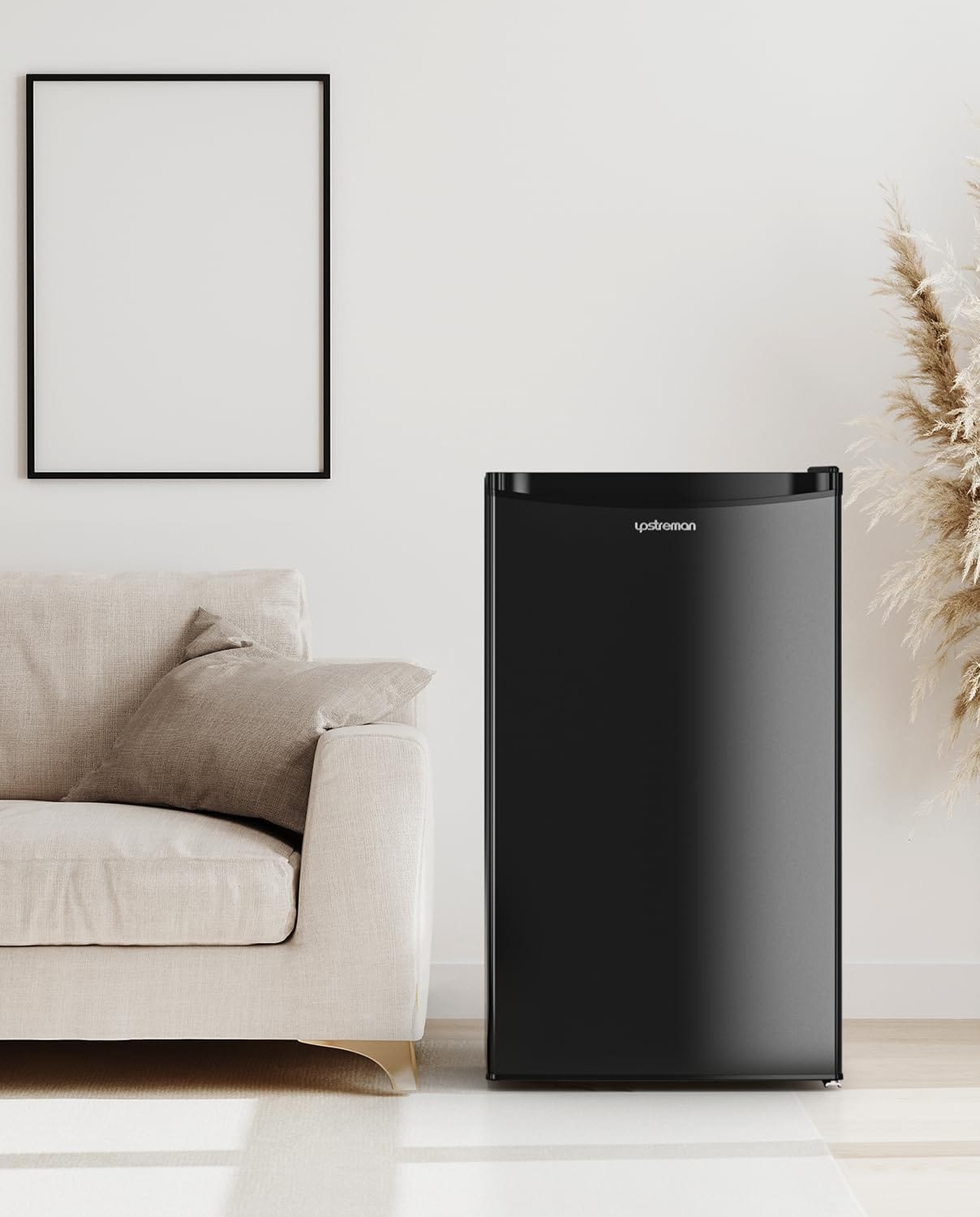
One of the most critical factors in mini fridge placement is ventilation. Mini fridges require adequate airflow to dissipate heat generated by the compressor. Placing a mini fridge in a cramped or enclosed space, such as a closet or a tight corner, can restrict airflow, causing the appliance to overheat and work harder to maintain the desired temperature.
To ensure proper ventilation, leave at least a few inches of space around the sides and back of the mini fridge. This spacing allows heat to escape efficiently, reducing the risk of overheating and prolonging the appliance's life. Avoid placing the fridge against walls or in areas where airflow is obstructed, such as under a desk or inside a cabinet.
Steering Clear of Direct Sunlight
Direct sunlight can significantly impact the efficiency of a mini fridge. Sunlight increases the ambient temperature around the appliance, forcing it to work harder to keep its contents cool. This increased workload not only raises energy consumption but can also shorten the fridge's lifespan.
To prevent these issues, place your mini fridge in a shaded area, away from windows or other sources of direct sunlight. If relocating the fridge is not an option, consider using curtains or blinds to block sunlight during peak hours. This simple adjustment can help maintain the fridge's efficiency and reduce energy costs.
Keeping Away from Heat Sources

Heat sources such as ovens, stoves, and radiators can adversely affect a mini fridge's performance. Exposure to external heat forces the fridge to use more energy to maintain its internal temperature, leading to increased wear and tear on the compressor.
To avoid these problems, position your mini fridge away from any appliances or fixtures that emit heat. If space is limited, ensure there is a sufficient buffer zone between the fridge and the heat source. This precaution will help maintain the fridge's efficiency and extend its operational life.
Ensuring Stability on Even Surfaces
A stable, even surface is crucial for the proper functioning of a mini fridge. Placing the fridge on an uneven surface can cause vibrations, leading to noise and potential damage to the internal components. Additionally, an unstable fridge may not close properly, affecting its cooling efficiency.
To ensure stability, place your mini fridge on a flat, level surface. If necessary, use a spirit level to check the surface and adjust the fridge's feet to achieve balance. This simple step can prevent operational issues and ensure your mini fridge runs smoothly.
Avoiding High Humidity Areas

High humidity can be detrimental to a mini fridge's performance. Excess moisture can lead to condensation inside the fridge, affecting the quality of stored items and potentially causing mold growth. Moreover, humidity can accelerate rusting of the fridge's exterior and internal components.
To mitigate these risks, avoid placing your mini fridge in areas prone to high humidity, such as bathrooms or laundry rooms. If humidity is unavoidable, consider using a dehumidifier to maintain a dry environment around the fridge. This proactive approach can protect your appliance and its contents from moisture-related issues.
Steering Clear of Carpeted Floors
Carpeted floors can pose several challenges for mini fridge placement. Carpets can obstruct airflow to the fridge's underside, leading to overheating. Additionally, spills or leaks from the fridge can damage the carpet, creating a breeding ground for mold and bacteria.
To avoid these issues, place your mini fridge on a hard, non-absorbent surface. If a carpeted area is the only option, consider using a plastic or rubber mat underneath the fridge to protect the carpet and ensure proper airflow. This precaution will help maintain the fridge's efficiency and prevent potential damage to your flooring.
Avoiding Proximity to Electronics
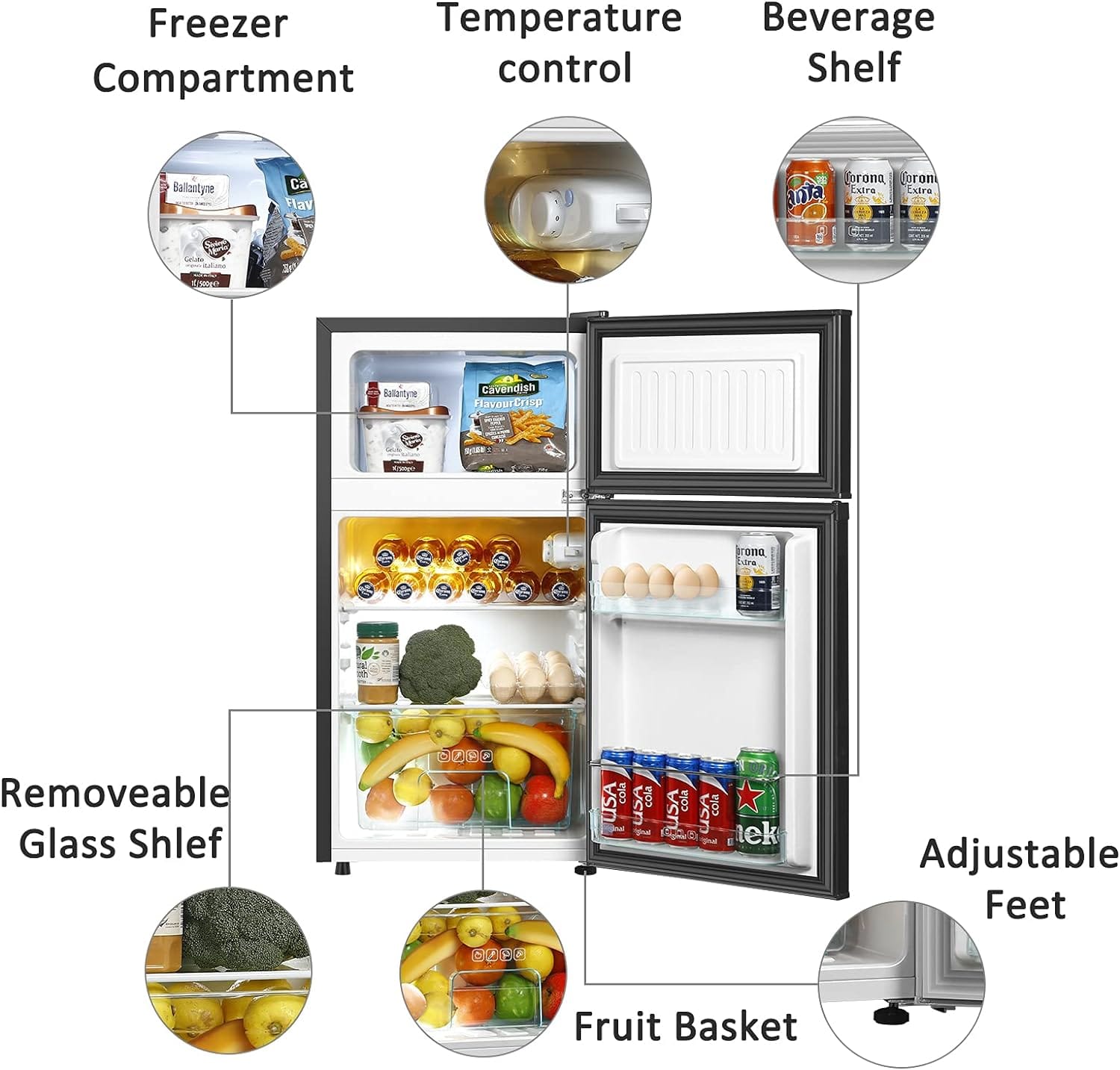
Electronics such as televisions, computers, and audio equipment can interfere with a mini fridge's operation. The electromagnetic fields generated by these devices can disrupt the fridge's compressor, leading to performance issues. Additionally, the heat emitted by electronics can increase the fridge's workload.
To prevent these problems, keep your mini fridge at a safe distance from electronic devices. If space constraints make this difficult, ensure there is adequate ventilation between the fridge and the electronics. This separation will help maintain the fridge's performance and protect your electronic devices from potential interference.
Steering Clear of High Traffic Areas
Placing a mini fridge in a high traffic area can lead to frequent door openings, causing temperature fluctuations and increased energy consumption. Additionally, the risk of accidental bumps or knocks can damage the fridge or its contents.
To avoid these issues, position your mini fridge in a low-traffic area where it won't be disturbed frequently. This strategic placement will help maintain a consistent internal temperature and reduce the risk of accidental damage, ensuring your mini fridge operates efficiently.
Avoiding Outdoor Placement

While it might be tempting to place a mini fridge outdoors for convenience, this can lead to several problems. Outdoor environments expose the fridge to temperature extremes, moisture, and debris, all of which can affect its performance and longevity.
To protect your mini fridge, keep it indoors where it is shielded from the elements. If outdoor placement is necessary, consider using a weatherproof enclosure to protect the fridge from environmental factors. This precaution will help maintain the fridge's efficiency and extend its lifespan.
Steering Clear of Unstable Shelves
Placing a mini fridge on an unstable shelf can lead to accidents and operational issues. An unstable shelf may not support the fridge's weight, leading to tipping or falling. Additionally, vibrations from an unstable shelf can affect the fridge's performance.
To ensure safety and stability, place your mini fridge on a sturdy, well-supported surface. If using a shelf, ensure it is designed to hold the fridge's weight and is securely anchored. This careful placement will prevent accidents and ensure your mini fridge operates smoothly.
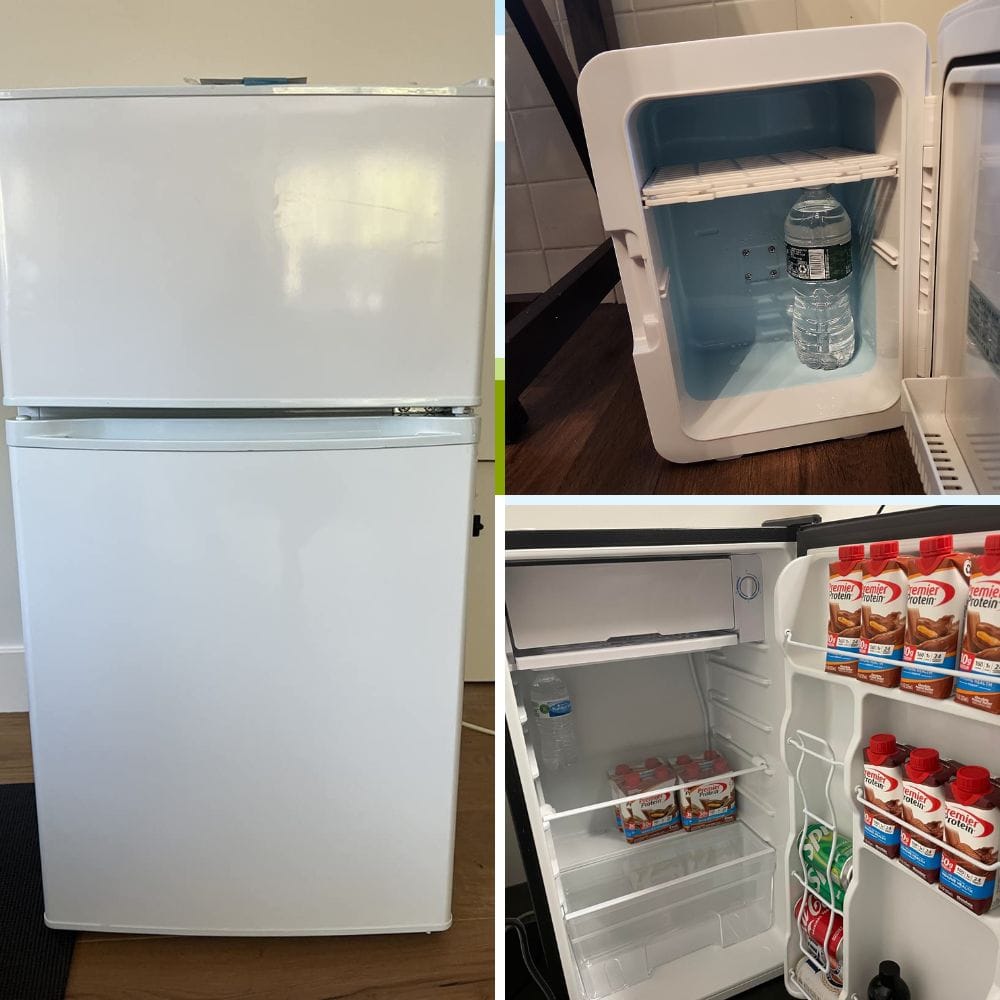

Can I place my mini fridge in a garage?
While it's possible to place a mini fridge in a garage, it's important to consider the temperature fluctuations common in such spaces. Extreme temperatures can affect the fridge's performance. If you choose to place it in a garage, ensure it's well-ventilated and protected from temperature extremes.
Is it safe to put a mini fridge on a wooden floor?
Yes, it's generally safe to place a mini fridge on a wooden floor, provided the floor is level and stable. However, it's advisable to use a mat or tray underneath to catch any potential spills and protect the wood from moisture damage.
Can I use a mini fridge outdoors during a party?
Using a mini fridge outdoors temporarily for a party is possible, but it should be protected from direct sunlight, rain, and extreme temperatures. Consider using a weatherproof cover or placing it in a shaded area to minimize exposure to the elements.

Proper placement of a mini fridge is crucial for its efficiency, safety, and longevity. By avoiding areas with poor ventilation, direct sunlight, heat sources, and high humidity, you can ensure your mini fridge operates optimally. Additionally, placing the fridge on a stable, even surface away from electronics and high traffic areas will further enhance its performance. By following these guidelines, you can enjoy the convenience of a mini fridge without compromising its functionality or lifespan.



